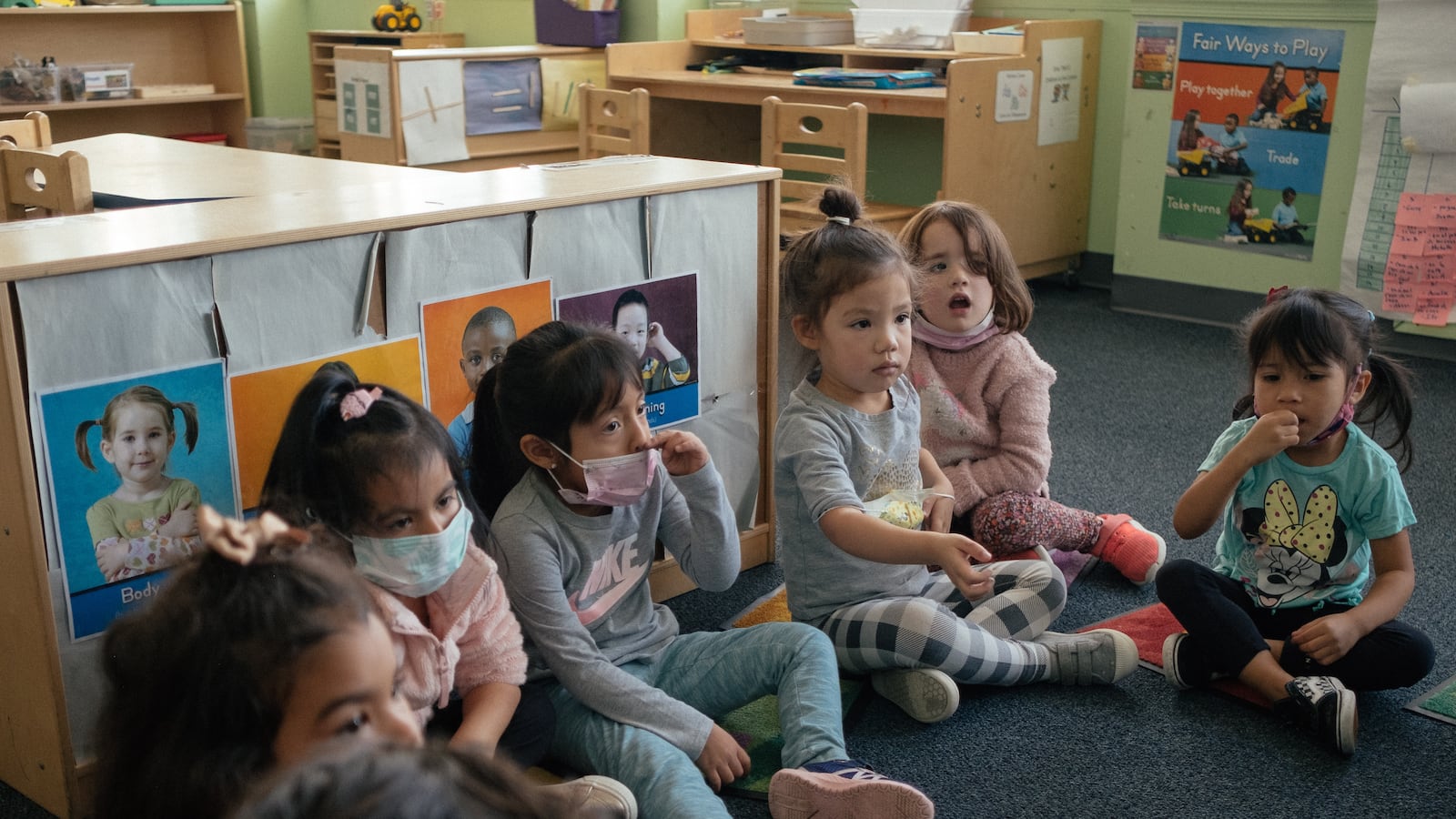This story is featured in Chalkbeat’s 2022 Philadelphia Early Childhood Education Guide on efforts to improve outcomes for the city’s youngest learners. To keep up with early childhood education and Philadelphia’s public schools, sign up for our free weekly newsletter here.
As any parent, teacher, or administrator will tell you, the success of Philadelphia’s early learners depends on factors inside and outside of the classroom.
For our 2022 Philadelphia Early Childhood Education Guide, we dive deeply into areas both inside and outside the school setting as we continue to explore how to improve outcomes for the city’s youngest learners.
Outside the classroom, we’ll look at the ways hunger can disrupt the education of young children — as well as some local solutions for filling this most basic human need.
Back inside the classroom, we will take stock of the district’s push to have students reading on grade level by the time they finish third grade, an effort that started in 2015 but was interrupted by the pandemic.
Straddling home and school life is the effort to embrace students’ customs and cultural identity in the classroom, a strategy that some researchers believe will create a sense of belonging that translates into better academic performance.
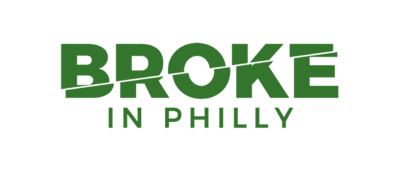
And in our How I Teach feature, we hear from a prekindergarten lead teacher about how to help youngsters who rarely left their homes during the pandemic transition to the school setting.
Check out the stories in the guide below.
Philadelphia invested in early literacy efforts. Is it working?
During November, Mayor Jim Kenney visited several child care centers to highlight what he considers one of his biggest achievements as mayor: making affordable, high-quality early childhood education available to an additional 4,300 students through PHLPreK, an initiative that supplements state and federal programs including Pre-K Counts and Head Start.
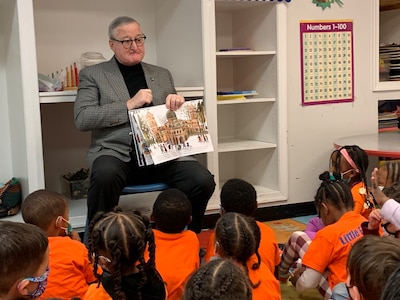
The focus on prekindergarten is part of the city’s effort to ensure that all students can read on grade level by the end of third grade. This Read by 4th campaign began in 2015, and has brought together universities, foundations, businesses, and other institutions to emphasize literacy activities in everyday life as well as in the classroom.
As a target on the road to universal proficiency, the Philadelphia Board of Education has set a goal that 62% of third graders will be proficient readers by the 2025-26 school year. Yet while many systems have been put in place to help the city achieve its goal, the results so far have been mixed — at least as measured by standardized test scores.
Read the full story, by Dale Mezzacappa.
Early childhood education programs fight food insecurity in Philadelphia and beyond
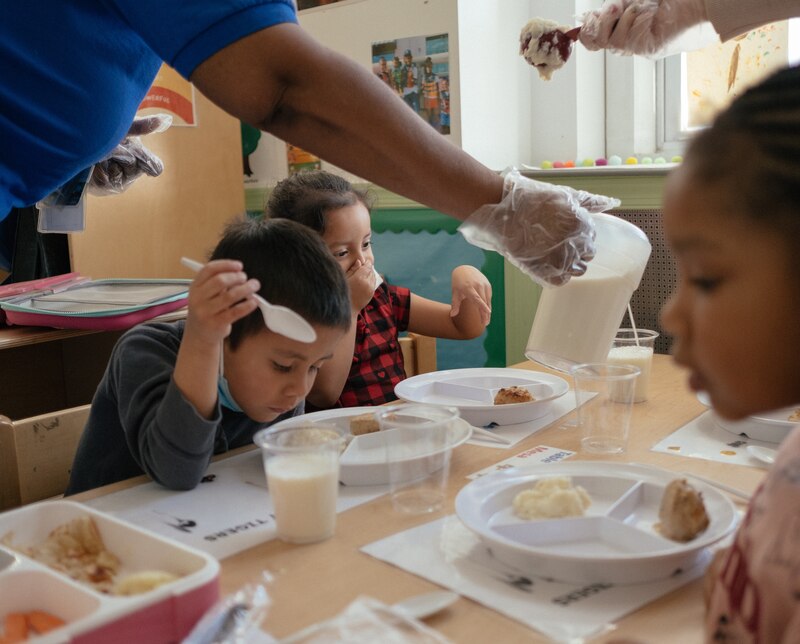
Approximately 31% of Philadelphia’s children experienced food insecurity in 2020, up from just over 24% a year earlier, according to Philabundance, which operates food banks in the area as a member of the Feeding America program.
And almost half of principals in a 2020-2021 School District of Philadelphia survey said food insecurity was a “great” or “moderate” challenge. Black and Hispanic/Latino households had higher rates of food insecurity, as did families whose children were still learning English, the district found.
This level of food insecurity can have dire consequences for early learners, who need stability at home and in school settings to thrive.
Read the full story, by Nora Macaluso.
How Philadelphia’s early childhood education programs help kids find strength in their identities
Inside Children’s Village, a 46-year-old nonprofit education center in Philadelphia’s Chinatown, preschoolers look into a mirror and create self portraits, then say which attributes they like best.
The game, called “Mirror, Mirror,” is a favorite of Sim Yi Loh, the family partnership coordinator at the center, whose families are largely first- or second-generation immigrants from East Asia.
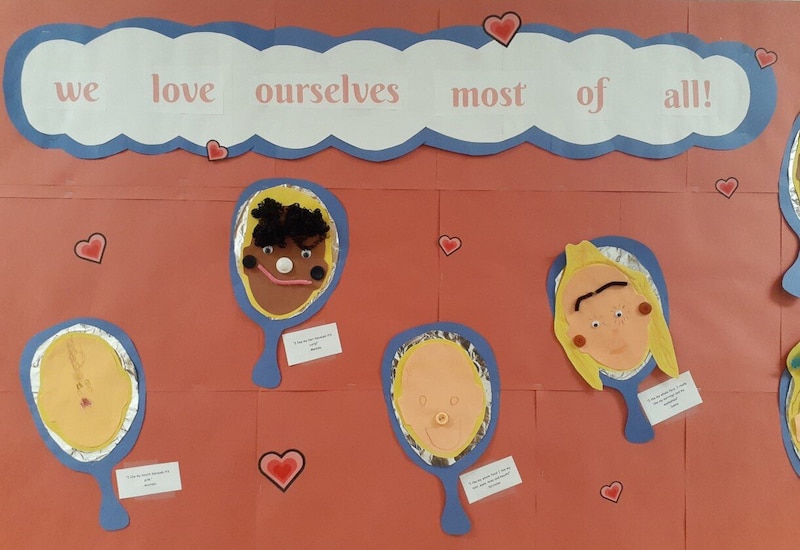
“Children as young as six months can point out facial differences and skin color differences,” Loh said. “These activities we brought into the classrooms to boost self-confidence, and this will carry on into their learning.”
“Mirror, Mirror” is just one of several ways Children’s Village tries to embrace the culture, traditions, and customs of its early learners. And helping young children see themselves in the school setting can create a strong sense of belonging, some researchers say, that could help the early learners do better in school.
Read the full story, by Nora Macaluso.
How this preschool teacher adapted for her COVID-era students
For many parents, this year has marked a return to “normal” — with COVID restrictions largely lifted and workplaces open once again.
The transition has been harder for young children. Today’s preschoolers were babies and toddlers during the pandemic lockdowns, and some missed out on early opportunities to be around educators and peers.
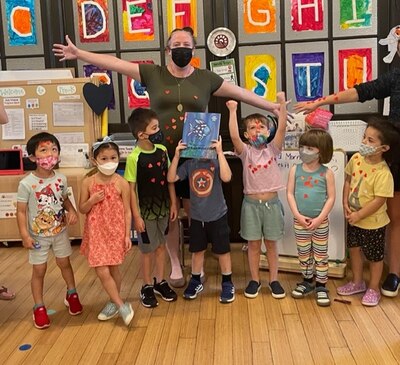
“For many of my students, this is their first time in a school or care setting, or even leaving their house” for extended periods of time, said Lyssa Horvath, a lead pre-K teacher at Belmont Academy Charter School in Philadelphia.
To meet students’ needs, Horvath has adjusted her approach. “In addition to the language, math, physical, social, and emotional development that I typically do in my classroom, I’m engaged in a lot more confidence boosting and encouragement than in years before,” she said.

